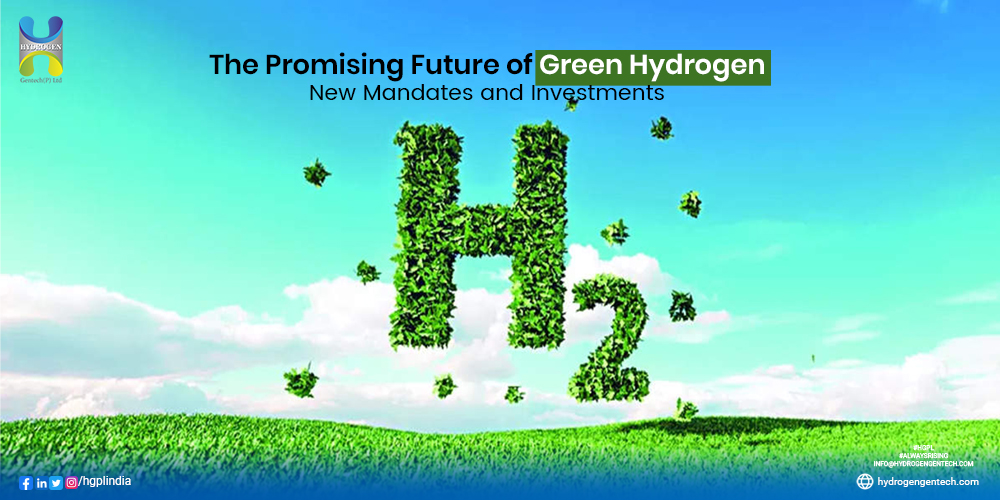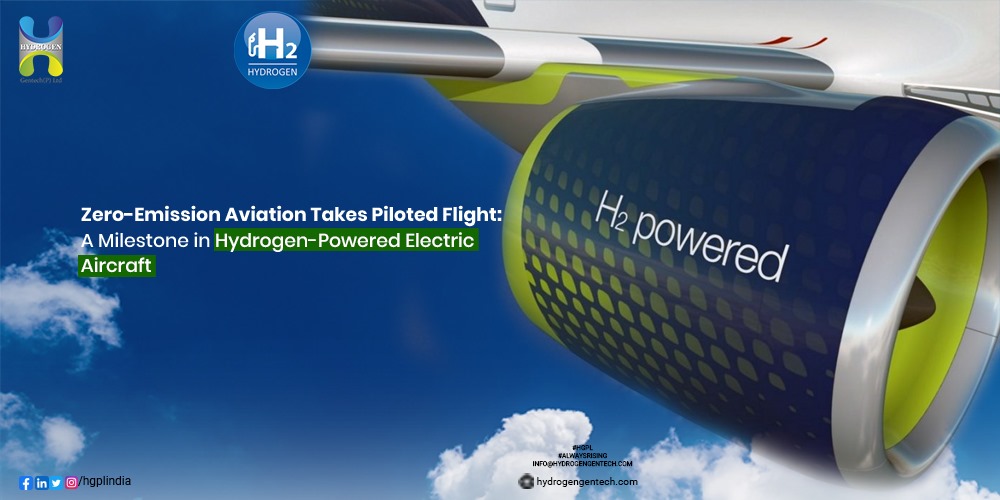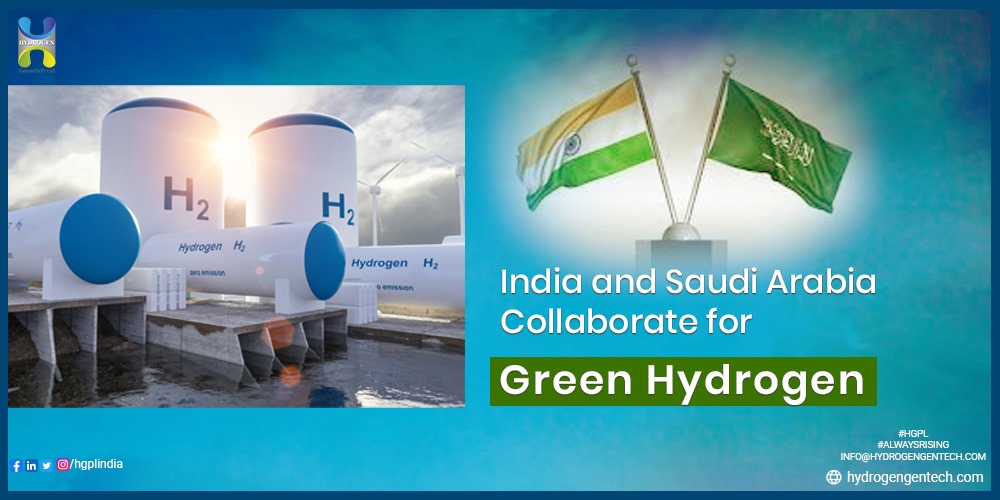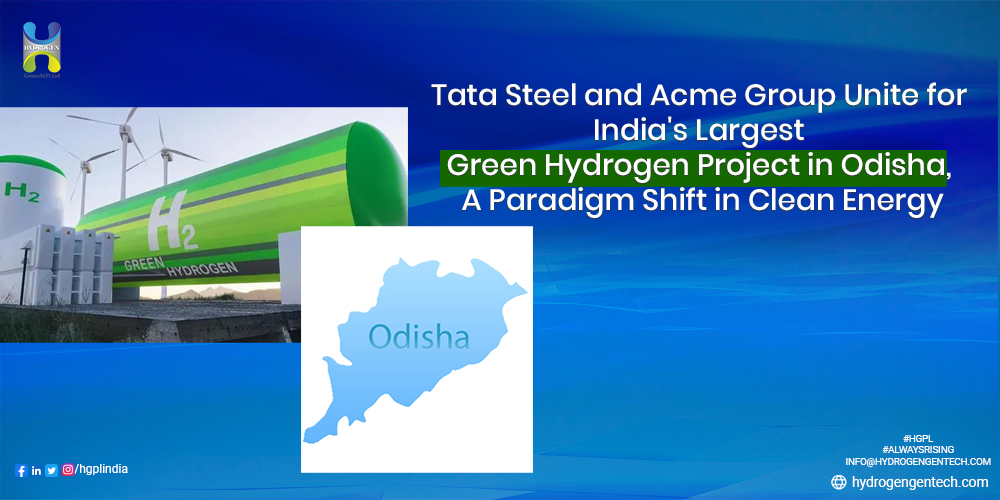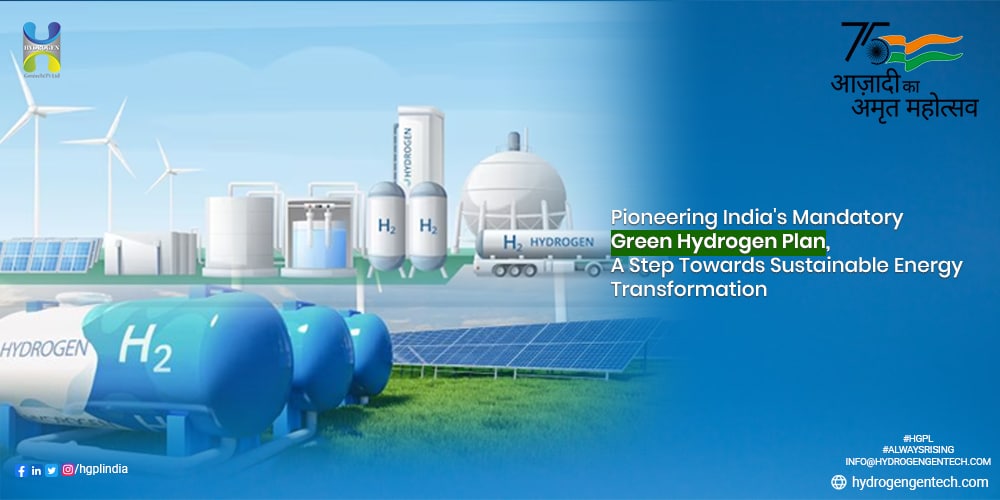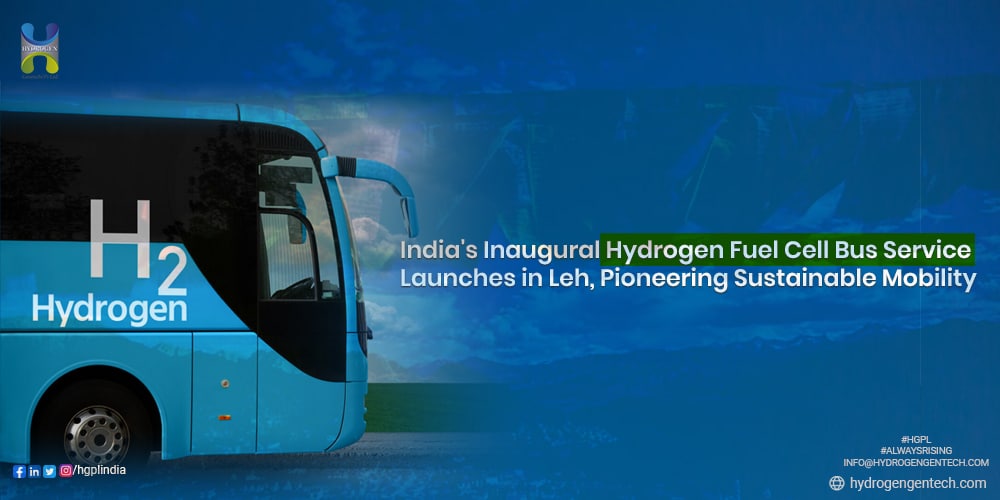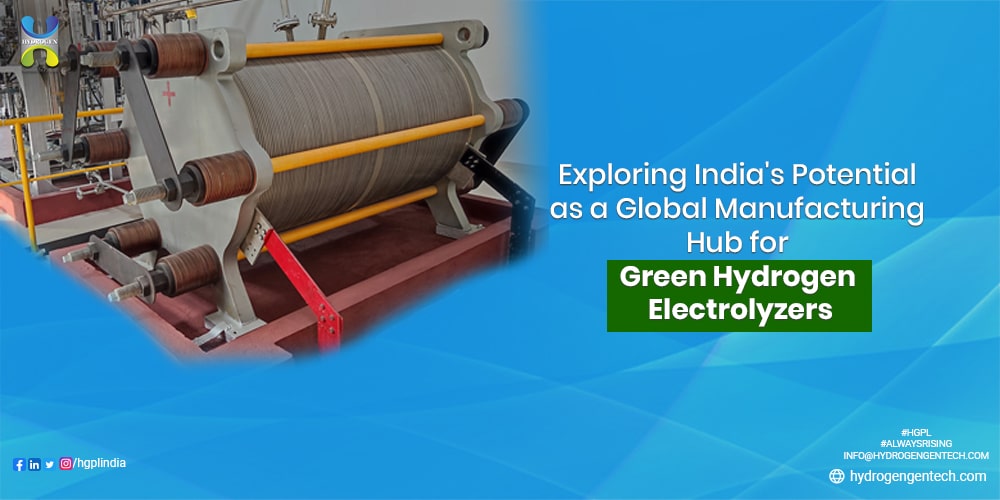Introduction
Green hydrogen, a sustainable and carbon-neutral alternative to traditional hydrogen production methods, is gaining traction worldwide. In a move that could accelerate the development of a green hydrogen ecosystem, the government is reportedly considering mandating the consumption of green hydrogen in sectors such as fertilizer and refining industries. This article explores the potential impacts of such mandates, the current cost challenges, and the expected future viability of green hydrogen. Let’s delve into the details.
The Need for Mandated Green Hydrogen Consumption Obligations
While fiscal incentives like those in the Strategic Interventions for Green Hydrogen Transition (SIGHT) program have encouraged investment in green hydrogen, industry experts believe that mandating consumption obligations (GHCO) in sectors already utilizing hydrogen could further stimulate early adoption. A report by Kotak Institutional Equities suggests that compulsory GHCO for sectors currently producing and consuming traditional grey hydrogen could fast-track investments in the green hydrogen value chain.
Accelerating Investments in the Green Hydrogen Chain
To kickstart the transition to green hydrogen, the government is considering firm GHCO announcements for hard-to-abate sectors such as fertilizer and refining industries. These sectors are significant contributors to greenhouse gas emissions and can benefit greatly from adopting green hydrogen. By specifying a minimum share of green hydrogen consumption, the government aims to create bulk demand and scale up green hydrogen production. In the coming years, other industries such as steel, long-range heavy-duty mobility, energy storage, and shipping will also be encouraged to pilot projects using green hydrogen as a replacement for fossil fuels.
Challenges of Cost Competitiveness
One of the main challenges hindering the widespread adoption of green hydrogen is its current cost compared to grey hydrogen produced from natural gas. Refiners, for example, may not find an immediate advantage in switching to green hydrogen due to its higher cost. Green hydrogen is not yet competitive with grey hydrogen for the production of ammonia-based fertilizers either. However, increased reliance on green hydrogen has the potential to reduce natural gas usage in both the fertilizer and refining sectors. Experts believe that beyond 2030, the costs of green hydrogen are expected to become more competitive, thus expediting the transition.
The Role of the National Green Hydrogen Mission (NGHM)
The National Green Hydrogen Mission (NGHM) plays a crucial role in fostering the growth of green hydrogen in India. Although the final version of the NGHM does not specify consumption obligations for each sector, it emphasizes the creation of bulk demand and the scaling up of green hydrogen production. The NGHM proposes pilot projects for sectors like steel, long-range heavy-duty mobility, energy storage, and shipping to identify operational issues, technology readiness, regulations, implementation methodologies, and infrastructure requirements. The findings from these projects will pave the way for future commercial deployment.
The Trajectory and Decision-Making Process
The Empowered Group, led by the Cabinet Secretary, will determine the year-wise trajectory of the minimum share of green hydrogen consumption. This decision-making process will consider factors such as the availability of resources for green hydrogen production, relative costs, and other relevant considerations. By carefully planning the trajectory, the government aims to ensure a smooth transition to green hydrogen while optimizing resources and addressing any challenges that may arise.
Emission Norms and Accreditation
To maintain the integrity of green hydrogen, the government has already notified the green hydrogen standard, which defines emission norms for hydrogen to be classified as green. These standards require emissions throughout the production process to remain below two kg of CO2 equivalent per kg of hydrogen produced as a 12-month average. The Bureau of Energy Efficiency (BEE) has been designated as the nodal authority for accrediting agencies responsible for monitoring, verification, and certification of green hydrogen production projects.
Industry Response and Investments
Despite the slow pace of progress, several corporations, including Reliance, have already embraced green hydrogen and announced investment plans. As the industry gains momentum, investment in green hydrogen is expected to increase significantly. The government’s move towards mandates for green hydrogen consumption is likely to attract further investments, creating new opportunities and driving economic growth.
Conclusion: A Green Hydrogen Revolution
The government’s potential announcement of mandates for green hydrogen consumption in key sectors marks a significant step towards building a sustainable and carbon-neutral future. While cost competitiveness remains a challenge, the transition to green hydrogen offers immense potential for reducing greenhouse gas emissions and curbing reliance on traditional energy sources. As the National Green Hydrogen Mission unfolds, pilot projects and technological advancements will drive the commercial deployment of green hydrogen, unlocking a new era of clean energy.
For more information about the latest developments in the green hydrogen industry and the government’s initiatives, stay tuned to our blog for regular updates.
Additional Information: Green Hydrogen is expected to revolutionize the energy sector by providing a sustainable alternative to fossil fuels. With its potential to decarbonize various industries and reduce greenhouse gas emissions, green hydrogen has gained significant attention globally. India’s push towards mandating green hydrogen consumption obligations underscores its commitment to sustainable development and combating climate change. By embracing green hydrogen, India can position itself as a leader in the clean energy transition while reaping the economic benefits of investments and job creation.


